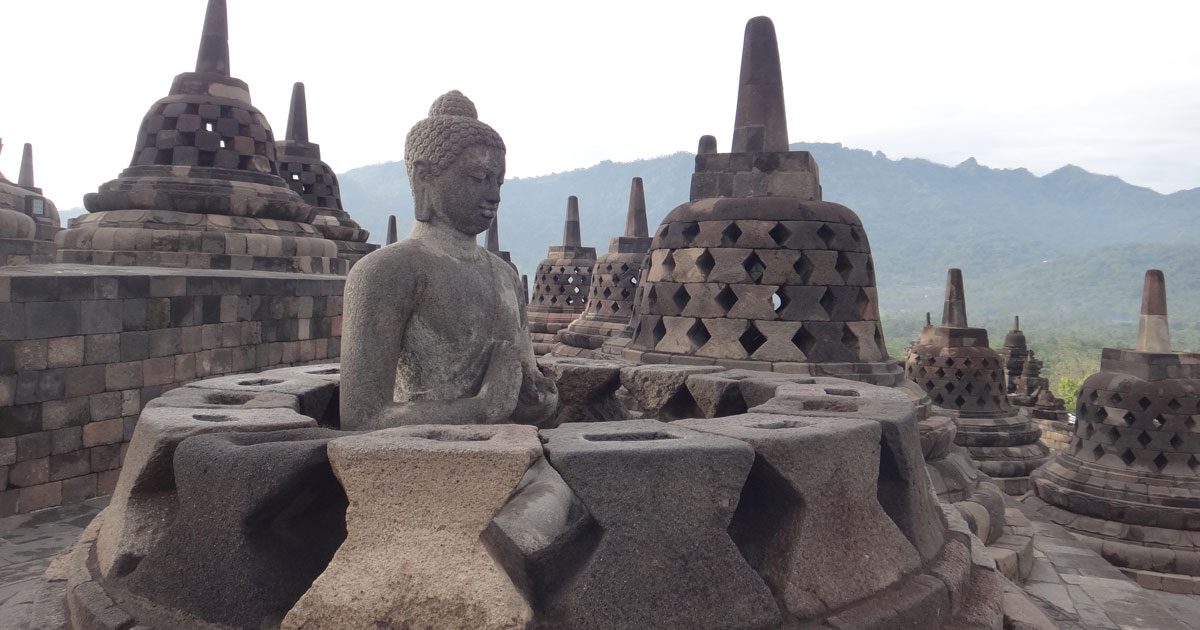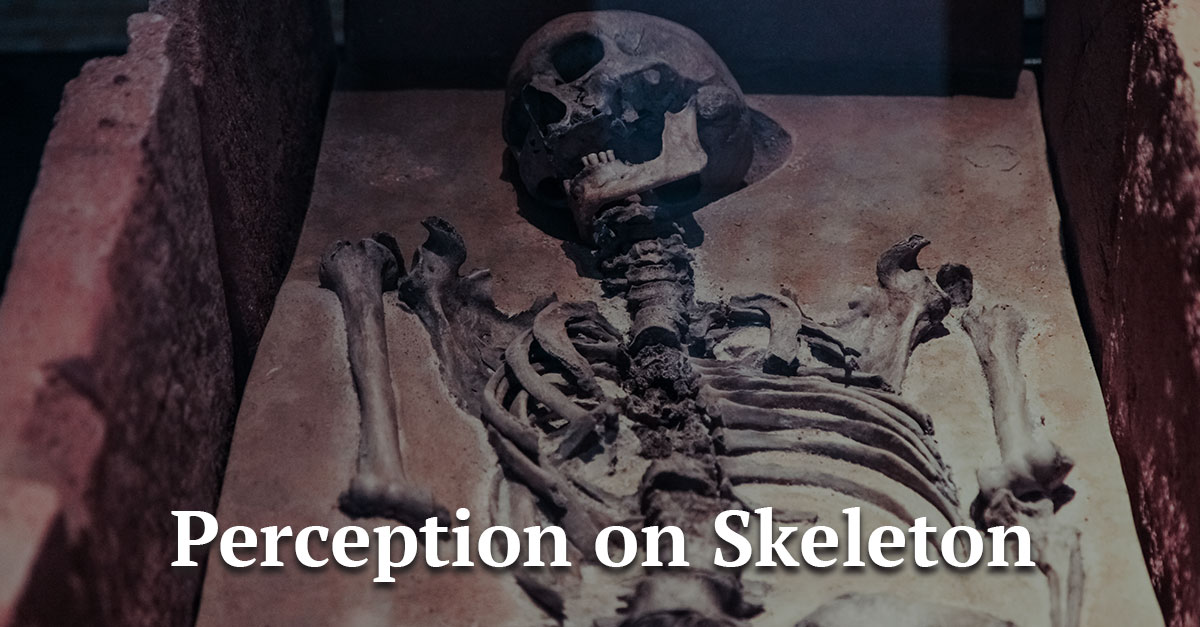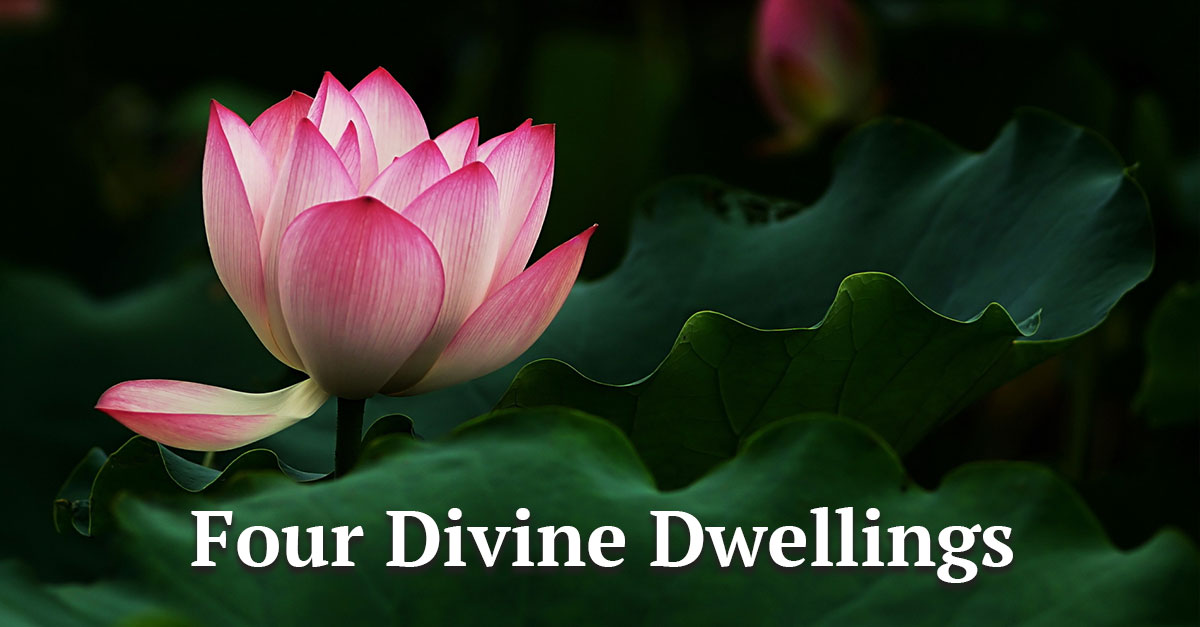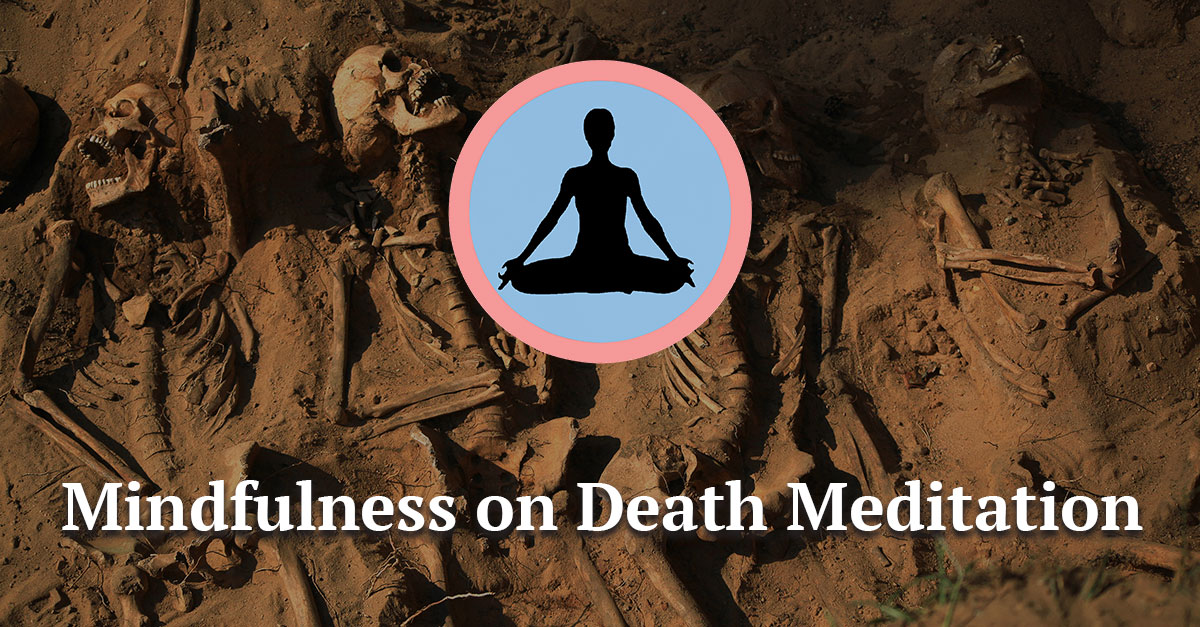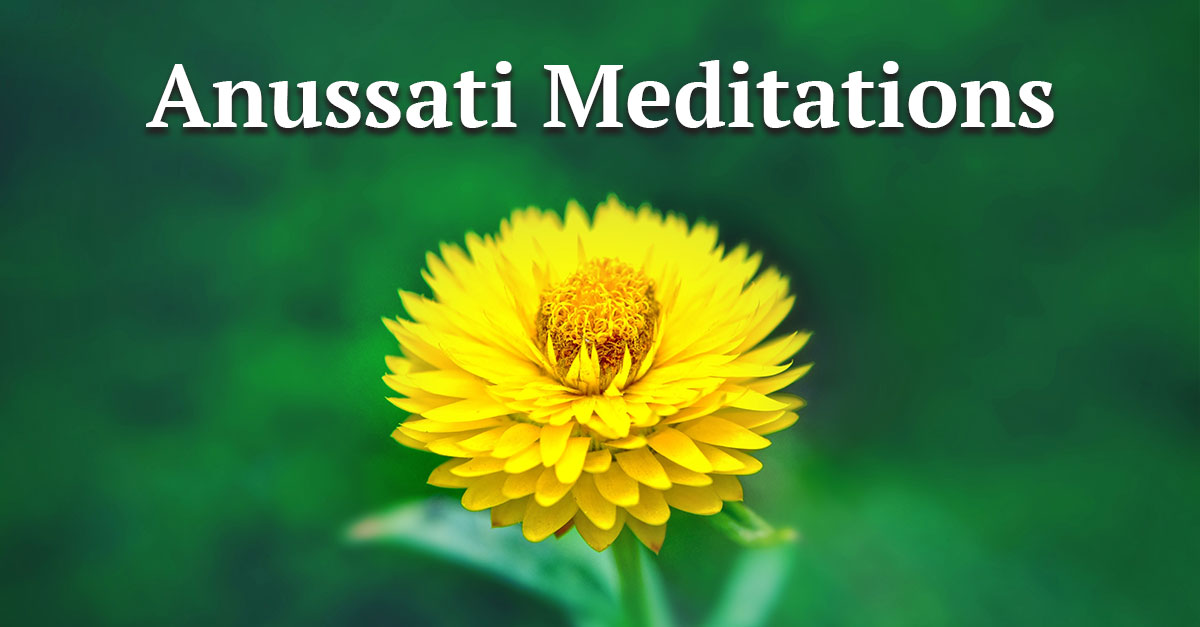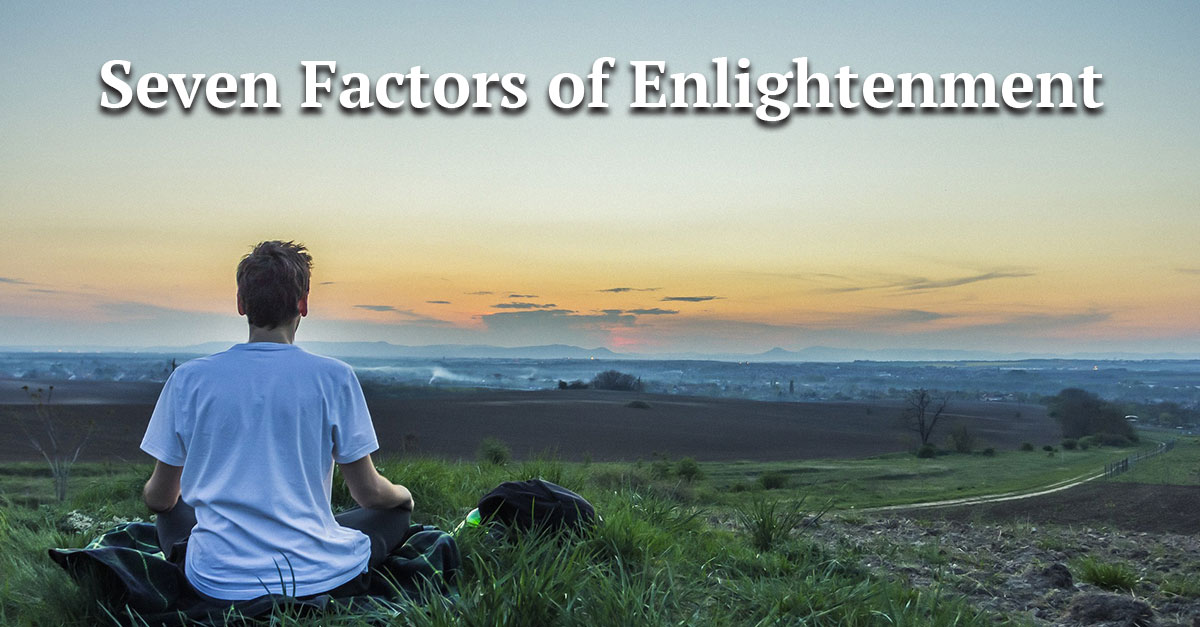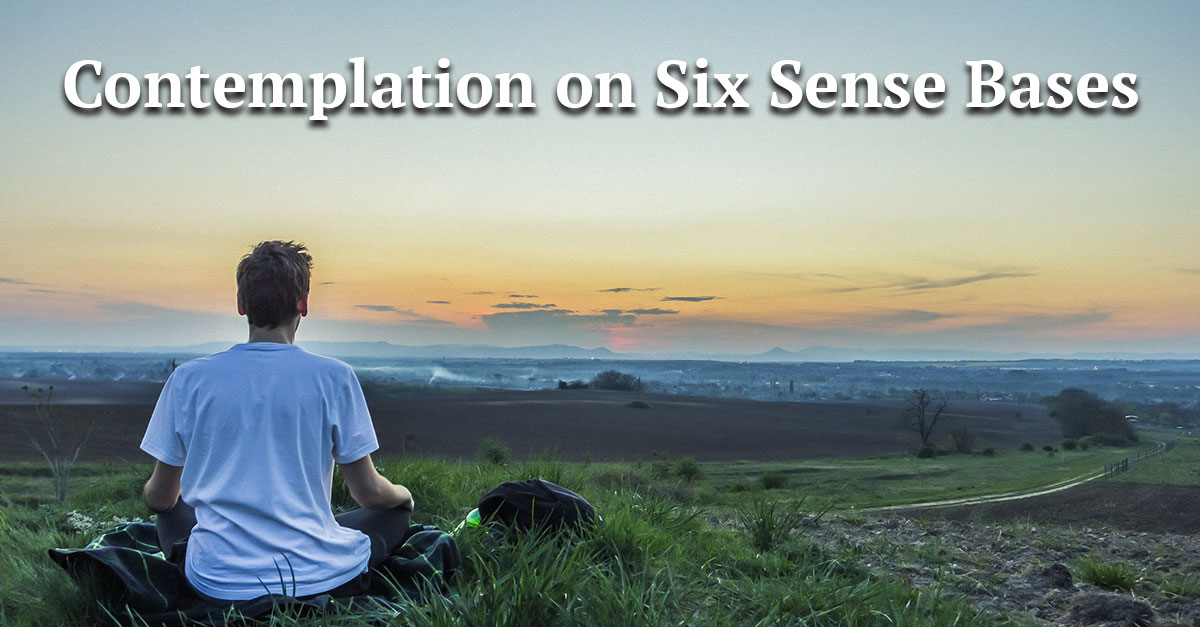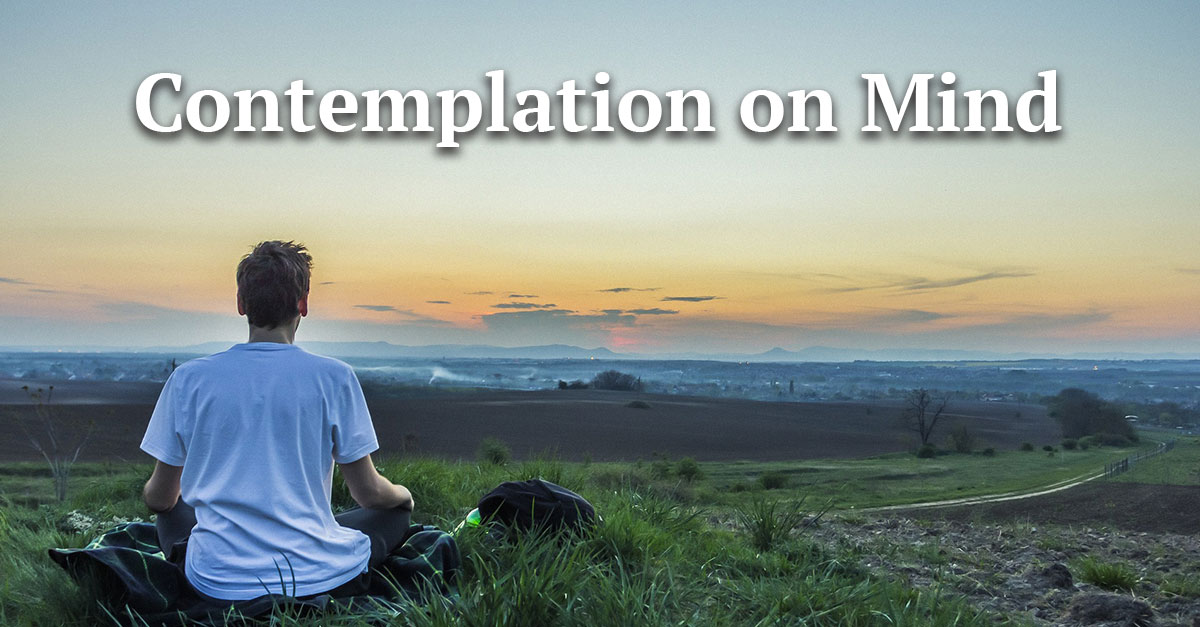Meditation – The Buddha’s Way
Meditation is a popular subject among many communities in the world also it is one of those subjects which have a long time historical importance. Throughout the ages there were ascetics who moved into seclusion to meditate searching for a path for spiritual development. Those ascetics practiced meditation with great effort and achieved special spiritual stages of the mind. Realizing the ultimate truth to end suffering Many interpreted their experiences as enlightenment and they tought their experiences, knowledge, and views to their followers. Among those ascetics who mastered meditation there was one who emerged in the world surpassing all of the [...]

